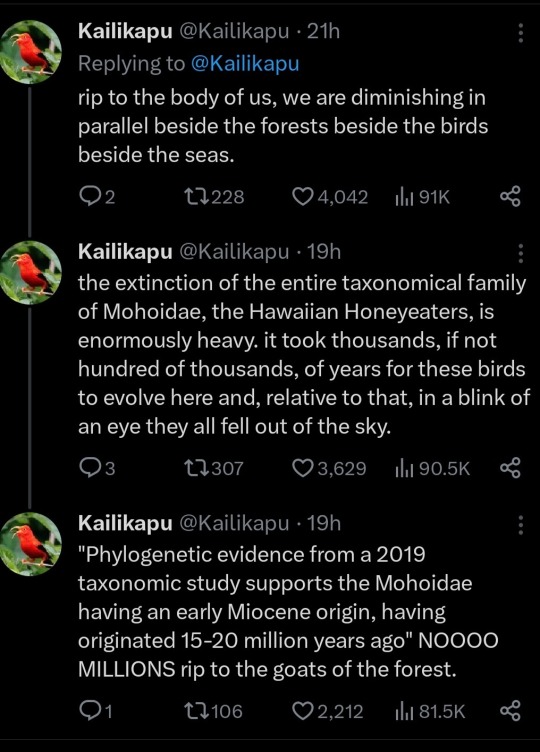#Hemileuca maia menyanthevora
Explore tagged Tumblr posts
Text
Moth of the Week
Bogbean Buckmoth
Hemileuca maia menyanthevora

The bogbean buckmoth/bog buckmoth is part of the family Saturniidae. This moth was originally described under the Hemileuca maia complex or a group of closely related species in the genus of buck moths: Hemileuca. However, by using genomewide single nucleotide polymorphisms (SNPs), entomologists such as Julian R. Dupuis have found both Ontario and Oswego County, NY, populations of buck moths were not part of the H. maia lineage. In 2020, Pavulaan stated the bogbean buck moth may be its own species and called it Hemileuca maia menyanthevora.
Cryan & Dirig described the same taxon as species Hemileuca iroquois on April 2, 2020. The names have not yet been formally synonymized nor has one been discredited.
Description The females’ bodies are all black while the males’ are black with a red tip. Both have black/gray translucent wings. In the middle of the wings are a white band that flows from the forewings to the hindwings. Near the top edges of both wings in the white band is a gray and white eyespot. The forewing eyespot is larger than the hindwing spot.
Average forewing length: 29 mm (≈1.14 in)
Males have thicker antennae and females are slightly larger.
Adults are larger than other Hemileuca maia and the white wing bands are much larger than other H. maia
Diet and Habitat Larvae feed mainly on the plant bog buckbean, which is where they get their name. Adult moths do not feed. These moths are only found in calcareous fens where its primary host plant grows.
These moths have a limited range and are only found in ten colonies throughout the world: six located in Oswego County, NY, and four in eastern Ontario, Canada. In New York, bog buck moths can be found in wetlands sheltered by the eastern Lake Ontario dune network.
Mating Mating season begins around fall when the adult moths emerge. Female buck moths lay one large cluster of eggs on sturdy stems of a variety of plant species. The eggs overwinter and hatch the following spring. The eggs are never laid on the bog buckbean plants because they die back each year making them unable to support the eggs over winter.
Predators The eggs of the bogbean buckmoth are parasitized by the wasp Anastatus furnissi. Eggs are also preyed on by small mammals and invertebrates and may accidentally be ingested by white-tailed deer that eat the plant stems where eggs are laid. Egg predation is also observed from mites. All Hemileuca larvae have spines that can injure some vertebrate predators but do little to no to protect against parasitic flies and wasps.
Fun Fact Due to the rarity of this species, bog buck moths are considered an endangered species in New York.
(Source: Wikipedia; SLELO PRISM; New York Natural Heritage Program; Ontario.ca; U.S. Fish and Wildlife Service, Cortland, NY; Federal Register)

@turkeygamemaster
#libraryofmoths#animals#bugs#facts#insects#moth#mothoftheweek#lepidoptera#bog buckmoth#Saturniidae#Hemileuca maia menyanthevora#bogbean buckmoth
35 notes
·
View notes
Text
I hate how misleading the original post is. You can spread awareness about the dangers to biodiversity without guilttripping and misleading the readers! How about spreading species instead that received the "endangered" status this year? That what is extinct is lost and no amount of money or care will bring them back. That what is endangered still has the sliver of hope to be saved and programs to preserving them can be supported! So here is a list of animals in the US that received the status of "endangered" this year: Euphydryas anicia cloudcrofti Hemileuca maia menyanthevora Planorbella magnifica Rana boylii Tympanuchus pallidicinctus And whilst I am at it, can we not leave out endangered plants? Just this once? Donrichardsia macroneuron Eriogonum tiehmii Lupinus constancei Asclepias prostrata Mind you, this is just the list of the US as provided by the United States Fish and Wildlife Service


crying and crying
8K notes
·
View notes